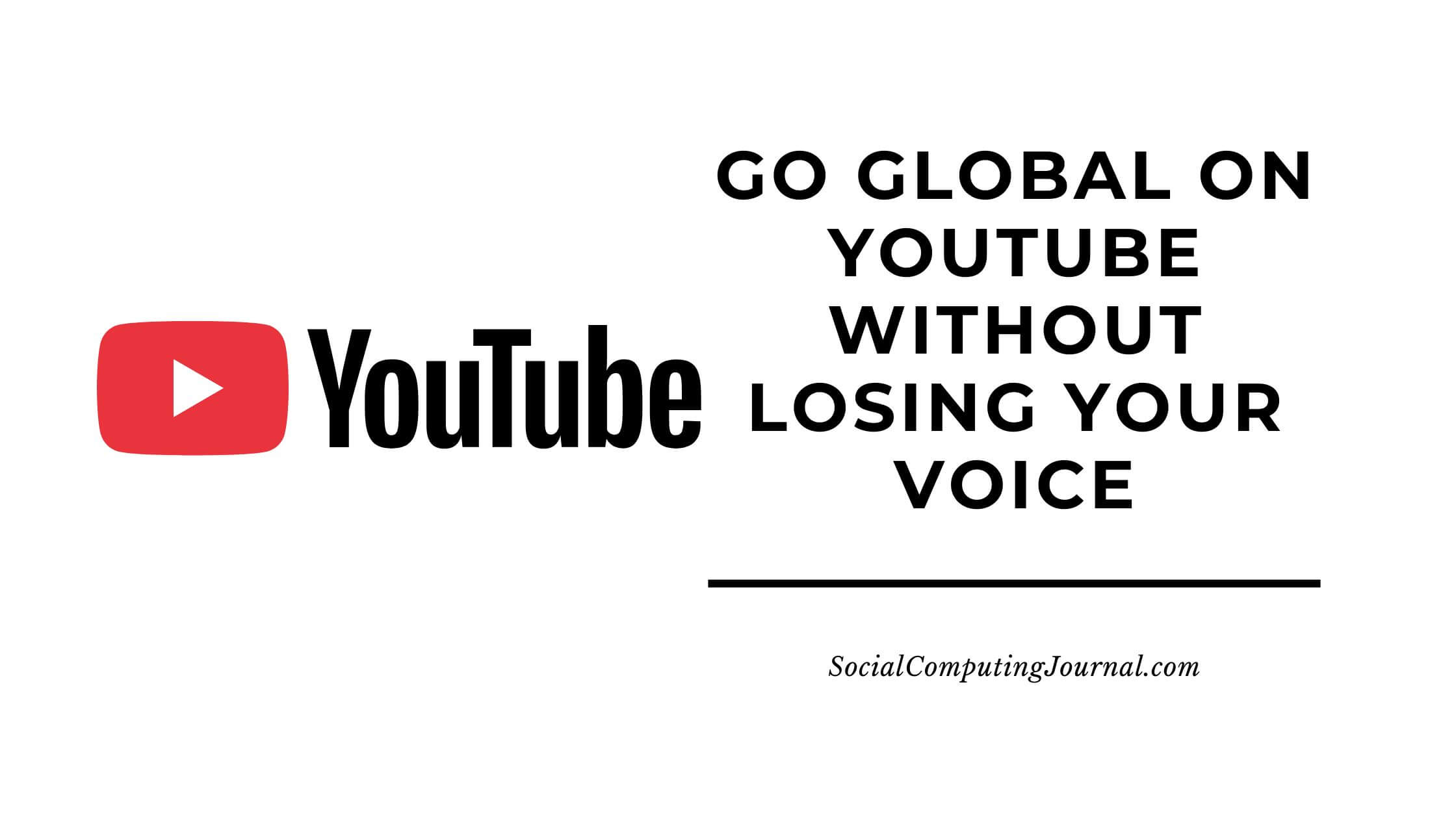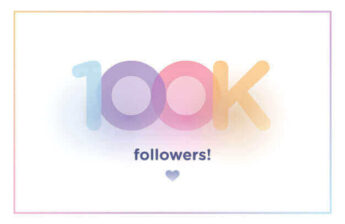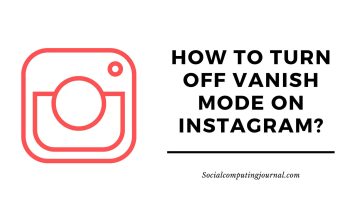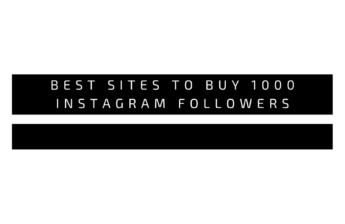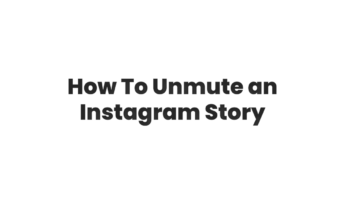There’s a difference between uploading videos for the world and actually building a global audience. The first is a button. The second is a craft. You don’t need a studio in three time zones to achieve it, but you do need a plan for language, culture, safety, and long-term production so your channel may grow without putting too much stress on you.
You can grow YouTube with AI tools to speed up packaging, subtitles, and even first-pass dubbing, then spend your creative time on the parts only you can do—ideas, storytelling, and community. Around that time, a lot of creator support teams may assist promote videos on YouTube, steadily increase views and subscribers, manage YouTube ads, safeguard accounts, translate films for new markets, and even give money to channels that show promise.
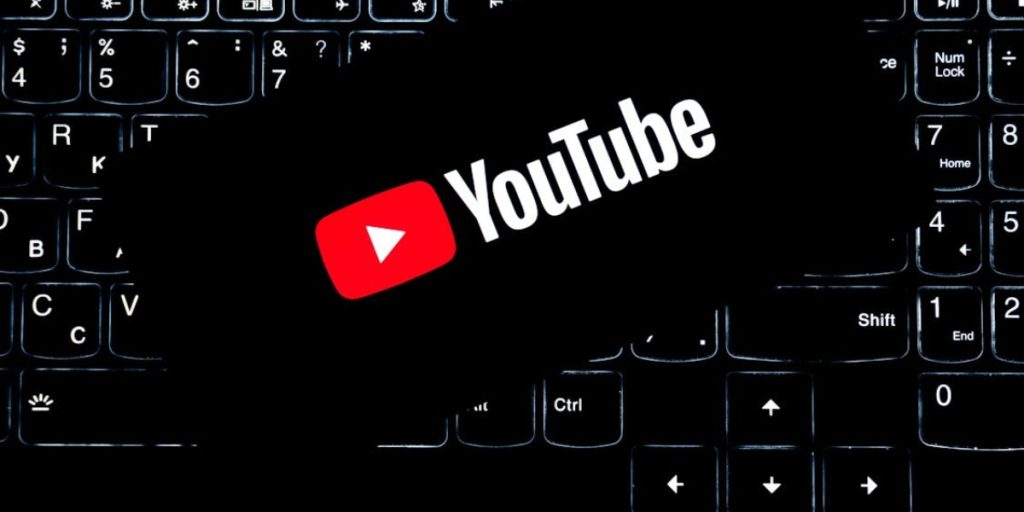
Contents
Start With Cultural Fit Not Just Translation
Global growth is less about words and more about context. A joke that lands in Chicago might be puzzling in Jakarta. Before you localize, map the cultural assumptions inside your video: references, pacing, humor, gestures, even color symbolism. If you’re doing explainers, swap examples for ones your new audience actually recognizes. Reviewers should write down what’s available and how much it costs in their area. People will overlook an accent, but they won’t overlook feeling like you were not given enough attention.
Localizing in levels is a useful method. Begin with accurate captions. Next, add voiceover for your top five performers. Finally, re-shoot small bridges—hooks, CTAs, and on-screen text—in the target language. Those tiny native moments make the whole video feel made for them.
A Lightweight Localization Stack You Can Maintain
You don’t need a newsroom to run multilingual. You need repeatable steps. Here’s a simple stack that keeps quality up and time down:
- Captions first: Generate auto-subs, correct them, and lock timing. Good captions boost comprehension and discoverability.
- AI should be used to make a rough dub, and then a human editor should be hired to fix the tone and accent. Make sure the voice is the same in all the movies.
- On-screen cleanup: Replace English text with language-agnostic visuals where possible. When text is unavoidable, use editable graphics so swaps take minutes, not hours.
- Metadata mirrors: Rewrite titles and descriptions for the new language’s search habits. Don’t translate keywords literally—translate intent.
If you publish regularly, turn these steps into a checklist and keep a small glossary of brand terms, product names, and catchphrases so your voice stays yours across languages.
Safety Before Scale
A global channel is an asset worth protecting. Treat security as part of production, not paperwork you’ll “get to later.”
- Harden access: Use unique passwords, hardware security keys where supported, and role-based access in YouTube Studio. No shared master logins.
- Own the ad rails: If partners run campaigns, ensure the ad account lives under your control. You should see budgets, audiences, and results.
- Backups with discipline: Store raw footage and projects in two places—primary cloud plus an external drive. Label clearly by date and series.
- Rights and releases: Global reach increases rights risk. Track music licenses, guest releases, and brand usage terms per market.
Safety isn’t just account recovery. It’s continuity—so one mistake never costs you a library.
Packaging For International Clicks
YouTube’s recommendation system doesn’t speak languages so much as it speaks signals. Two matter everywhere: clicks that feel honest and watch time that feels rewarding. For international viewers, add two tweaks.
First, build thumbnails without language dependency—faces, actions, and clear visual stakes. If words are necessary, keep them short and test legibility at phone size. Second, craft titles that match local phrasing. Direct translations of idioms often read cold. Ask native speakers how they would search for your topic. You’ll discover patterns—some markets love the number at the front; others want the benefit up top.
An easy win is to design templates that hold your brand shape but give translators breathing room. Consistency across languages helps new viewers connect the dots and binge confidently.
Monetization That Respects the Audience
Going global can reduce revenue volatility, but only if your offers make sense locally. Membership perks should be meaningful across countries; affiliate links should point to regional stores; sponsorships should consider what’s actually available to your viewers. As your back catalog grows, explore revenue beyond AdSense—courses, digital downloads, events, or a newsletter that threads your languages together with segmented sends.
If you’re offered funding to accelerate production, weigh it the same way you would any investment: what control do you keep, what milestones unlock capital, and how does it affect your release rhythm? The best partners remove bottlenecks while letting you steer.
A Weekly Rhythm for Sustainable Global Publishing
Global growth is a marathon at tempo pace. Keep it simple:
- Monday: Review analytics by language. Identify one topic with international pull and one with core-audience depth.
- Tuesday: Script with modular segments you can swap or re-record for top languages.
- Wednesday: Shoot A-roll and reusable B-roll. Capture a clean “no text” version of key shots.
- Thursday: Edit and localize in parallel. Draft dubs and captions while you finalize the main cut.
- Friday: Package per language. Titles, descriptions, and end screens tailored to each audience.
- Weekend: Engage comments in waves timed to your top regions. Save the best Qs for next week’s hooks.
This rhythm builds a library that works while you sleep—and while your viewers wake up on the other side of the world.
Global isn’t louder. It’s clearer. Your channel has no limits when you plan for people first, let AI handle the repetitive work, and watch over the house you’re building. The goal isn’t to sound like everyone else, but to sound more like yourself, in more places, and every week.

